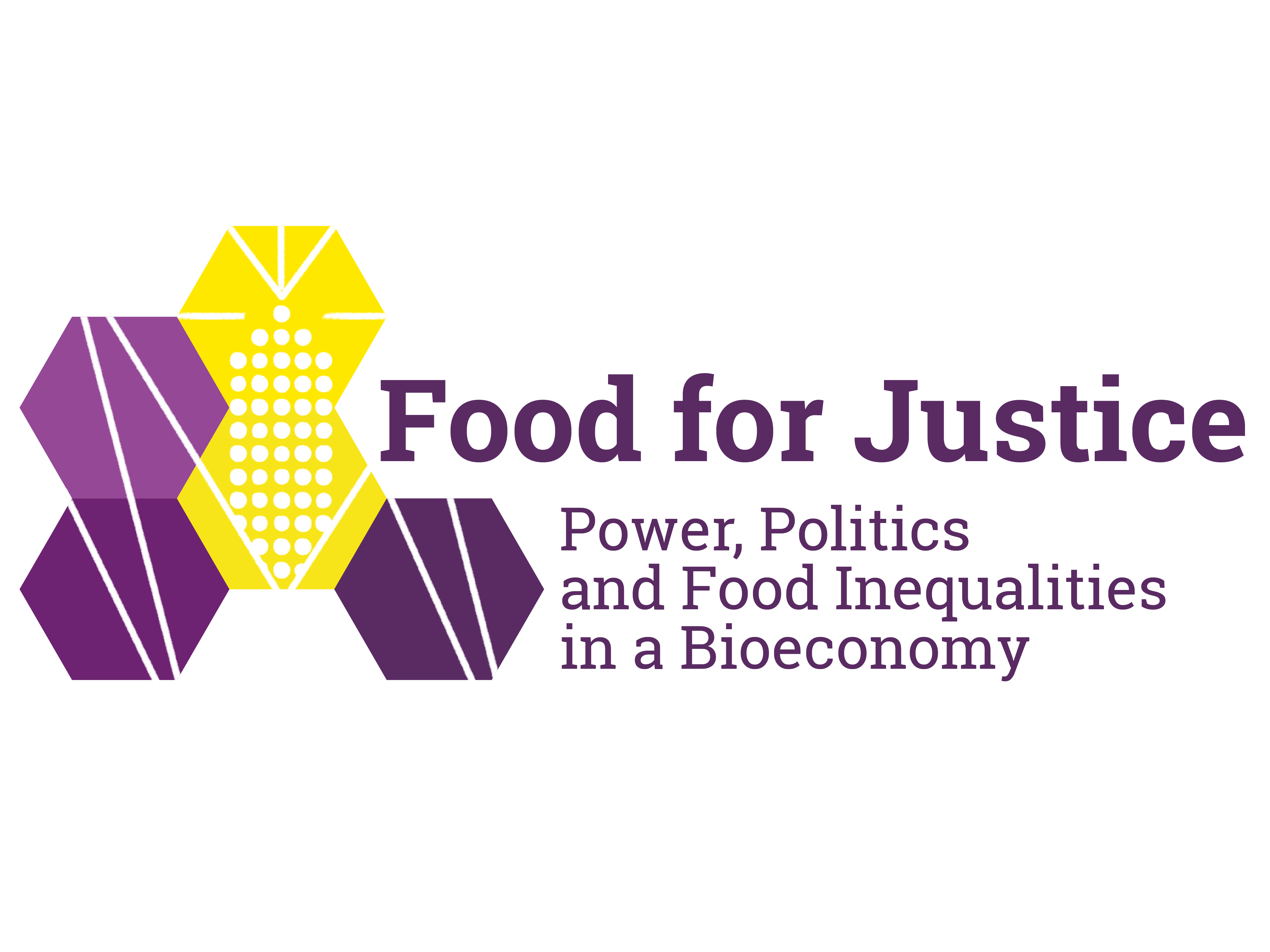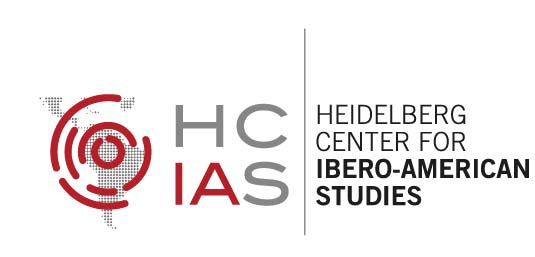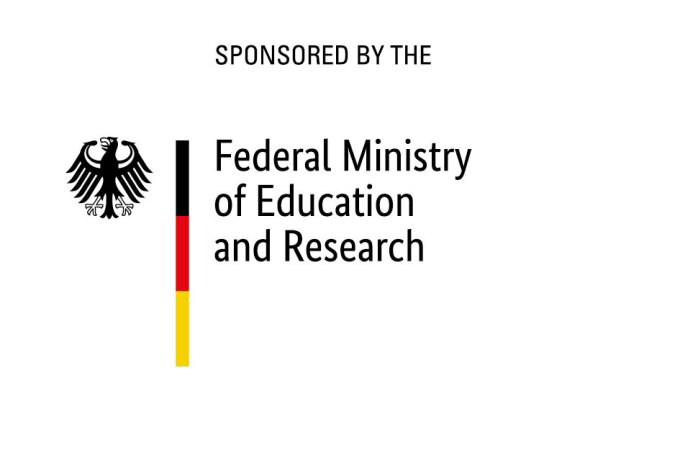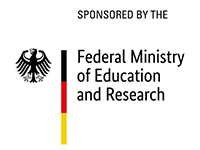Submissions
Submission Preparation Checklist
As part of the submission process, authors are required to check off their submission's compliance with all of the following items, and submissions may be returned to authors that do not adhere to these guidelines.- 1. Though there is no formal refereeing process as in an academic journal, the papers will be read by the editorial board and FFJ staff members. If necessary, they might be lightly edited. Authors may be asked to make changes before the papers are placed on the website. The editor reserves the right to decline papers that are not considered sufficiently well developed or relevant to the FFJ research agenda and related themes.
- 2. The paper can be submitted in any format other than PDF; Word is preferable.
-
3. The title page should include:
- Title, author(s), date (month/year)
- Abstract (of no more than 200 words) in the language of the working paper (WP) and in English
- Address for correspondence (e-mail and full postal address)
- Keywords
- Mini biography of the author(s)
- 4. Papers can be written in English, Portuguese, German, or Spanish. We would kindly ask to write the abstract in the language of the WP and in English.
- 5. There are no strict requirements on reference formatting at submission. References can be in any style or format as long as the style is consistent. Where applicable, author(s) name(s), journal title/book title, chapter title/article title, year of publication, volume number/book chapter and the article number or pagination must be present. Use of DOI is highly encouraged.
- 6. Please ensure that every reference cited in the text is also present in the reference list (and vice versa). Any references cited in the abstract must be given in full. About web references: as a minimum, the full URL should be given and the date when the reference was last accessed. Any further information, if known (DOI, author names, dates, reference to a source publication, etc.), should also be given. It is the author’s responsibility to ensure that a consistent system of referencing is used throughout the paper. This applies also to all images, graphs or other material used for illustration.
- 7. The line spacing in the paper should be 1.5, the margins 1”, and the text justified. In case of acceptance, there might be changes in the formatting, according to the design of the Food for Justice Working Paper Series.
- 8. Please ensure the figures and the tables included in the single file are placed next to the relevant text in the manuscript, rather than at the bottom or the top of the file. The corresponding caption should be placed directly below the figure or table.
- 9. Divide your article into clearly defined and numbered sections. Subsections should be numbered 1.1 (then 1.1.1, 1.1.2, ...), 1.2, etc. (the abstract is not included in section numbering). Use this numbering also for internal cross-referencing: do not just refer to 'the text'. Any subsection may be given a brief heading. Each heading should appear on its own separate line.
- 10. Footnotes should be used sparingly. Number them consecutively throughout the article. Many word processors build footnotes into the text, and this feature may be used. Should this not be the case, indicate the position of footnotes in the text and present the footnotes themselves separately at the end of the article.
- 11. Ensure that each illustration has a caption. A caption should comprise a brief title (not on the figure itself) and a description of the illustration. Keep text in the illustrations themselves to a minimum but explain all symbols and abbreviations used.
- 12. Please submit tables as editable text and not as images. Tables can be placed either next to the relevant text in the article, or on separate page(s) at the end. Number tables consecutively in accordance with their appearance in the text and place any table notes below the table body.
-
13. Format for citation: Chicago 17th Author-Date style (https://www.chicagomanualofstyle.org/tools_citationguide/citation-guide-2.html).
Copyright Notice
Inclusion of a paper in the Food for Justice Working Paper Series should not limit publication in any other place of publication. Copyright remains with the authors and is based on the CC-BY-SA 4.0 license of the HeiJournals, Heidelberg University. Please be aware that these papers may include figures and images from other rightsholders used with permission.
Privacy Statement
The names and email addresses entered in this journal site will be used exclusively for the stated purposes of this journal and will not be made available for any other purpose or to any other party.




